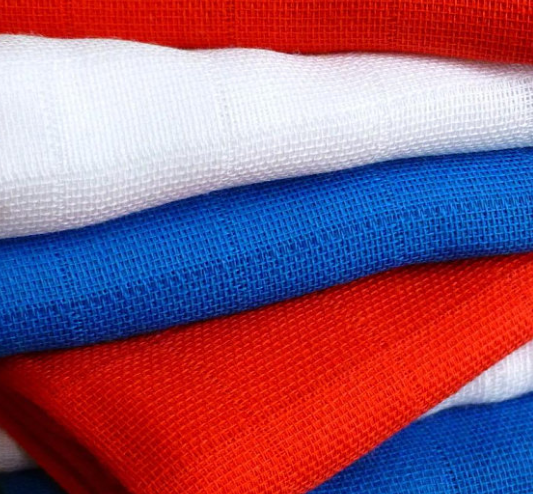Muslin cloth is also known as muslin gauze. This is a plain-woven fabric that comes in different weights. Normally, its woven in even spun warps, fillings and/or wefts. The weave gives it the soft finish. It may exhibit some patterns achieved when designed with the loom. It may also be printed, dyed or bleached.
The muslin cloth History
The muslin material is believed to have originated from Iraq, the city of Mosul. It dates back in the 16th century. This was a luxury fabric that was a preserve for the wealthy in the society.
Some historians claim that it originated in India. Here, it was known as Jamdani and it was woven into lightweight brightly colored and patterned pieces that could easily be mistaken for sheer.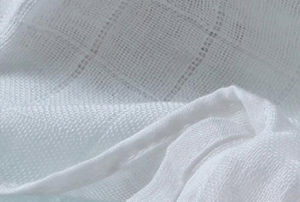
Muslin became popular and was exported in different parts of the world. In Dhaka, Bangladesh, the discontinuous weft technique was used to make incredibly beautiful patterns. The layers were as fine as a spider’s web and was woven using bamboo sticks.
Today, muslin is commonly used as backing fabric. It however comes in handy in clean up, wrapping, dusting and most importantly as a cheesecloth substitute.
What Is Muslin Cloth Used For At Home?
Muslin, just like cheesecloth, is multipurpose. Its can be used in furniture polishing, dressmaking and theatre productions. It has even more uses at home. Some of the mind-blowing muslin uses at home include;
1. Sieving Jam
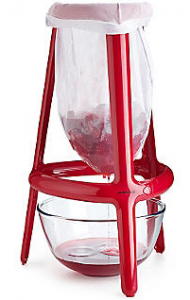 We can’t emphasize enough on the need to maintain a healthy diet. One of the sure ways of ensuring that you are observing healthy feeding is preparing your treats at home. Home-made jam is not only healthy but will also be very delicious when prepared right.
We can’t emphasize enough on the need to maintain a healthy diet. One of the sure ways of ensuring that you are observing healthy feeding is preparing your treats at home. Home-made jam is not only healthy but will also be very delicious when prepared right.
Having the muslin cloth makes it very easy to make your jam at home. Once you have finished smashing your ingredients, you will need to sieve out the huge lumps. The muslin cloth does this perfectly leaving you with a consistent finish.
2. Cheese Making
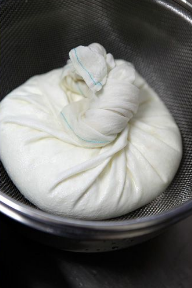 Cheese making requires skill and focus. It takes several stages and the stage that makes all the difference is the straining stage. This is the stage at which the curds are separated from the whey. With the use of a muslin cloth as a cheesecloth alternative, you can comfortably strain your cheese.
Cheese making requires skill and focus. It takes several stages and the stage that makes all the difference is the straining stage. This is the stage at which the curds are separated from the whey. With the use of a muslin cloth as a cheesecloth alternative, you can comfortably strain your cheese.
3. Dusting Furniture
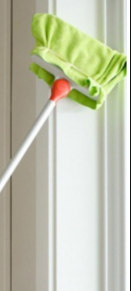 Muslin is 100% lint free. This makes it excellent in furniture dusting. Dusting experts insist on eliminating all residues to deliver the finest finish. Muslin makes this possible as it polishes the surface seamlessly without leaving any traces or residue. It may be used on all types of furniture, glass and windows.
Muslin is 100% lint free. This makes it excellent in furniture dusting. Dusting experts insist on eliminating all residues to deliver the finest finish. Muslin makes this possible as it polishes the surface seamlessly without leaving any traces or residue. It may be used on all types of furniture, glass and windows.
4. Extracting Citrus Juices
 Homemade juices are sweet and healthy. Well, its not mandatory that you invest in a juicer in order to enjoy home-made juice. All you need is a muslin cloth. This piece of fabric replaces the juicer in a snap.
Homemade juices are sweet and healthy. Well, its not mandatory that you invest in a juicer in order to enjoy home-made juice. All you need is a muslin cloth. This piece of fabric replaces the juicer in a snap.
Cover your citrus fruits with the cloth and squeeze gently. The juice will flow out with ease. The muslin ensures that not pips escape or fall into the juice container. The muslin can then be cleaned for reuse in another juice extraction expedition.
5. Pest Control
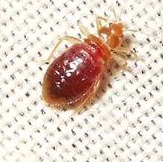 There’s no home that doesn’t have nagging pests. The secret behind controlling these pests is having a long-lasting solution. Fumigation may be very effective but wait until you forget to fumigate. You will therefore need something that won’t require you to rush to the pest control store every now and then.
There’s no home that doesn’t have nagging pests. The secret behind controlling these pests is having a long-lasting solution. Fumigation may be very effective but wait until you forget to fumigate. You will therefore need something that won’t require you to rush to the pest control store every now and then.
The sure way of controlling pests in your home without much of a hassle is placing pest repellents in strategic positions. Simply make small bags using muslin cloth and fill them with pot-pourri. Place these bags in cupboards, wardrobes and drawers where pests tend to hide.
6. Home Cleaning
 Home cleaning is one of the most essential chores that must be undertaken every other day. It thus needs to be simplified as much as possible. Having muslin in the home will go a long way in simplifying your cleaning chores.
Home cleaning is one of the most essential chores that must be undertaken every other day. It thus needs to be simplified as much as possible. Having muslin in the home will go a long way in simplifying your cleaning chores.
Muslin practically cleans everything. Right from your face to your floor, you can be sure to get the job done with this fabric. The material can be cleaned with ease. It can be used, reused and recycled multiple times. You just need to ensure that you are cleaning and letting it dry before storing it.
Which Are The Different Types Of Muslin?
Initially, muslin existed as one form. This changed with time as new innovations were introduced. The muslin fabric was designed differently to serve divergent needs. This brought in some differences thus the different types of muslin.
Muslin varies in weight and form. The high-quality pieces exhibiting even weaves are soft and maintain even width throughout. On the other hand, the lower-quality pieces tend to be unevenly woven and may be unbleached or bleached.
The 10 prominent types of muslin include;
1. Jamdani Muslin
This is the muslin cloth that has woven motifs. The name is derived from ‘jam’ which means flowers and ‘dani’ which means container. This is a type that is rare and very expensive.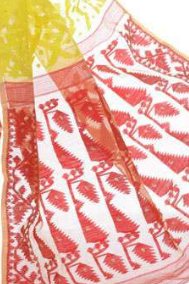
2. Surbund Muslin
Surburd muslin derived its name from ‘sur’ meaning head and ‘bund’ meaning tie. This is because it was mainly used as a head attire. To date, people use it as a turban. In England, it was used as a scarf. It has about 2100 threads and can make excellent pieces of clothing.
3. Dooria Muslin
This is a stripped muslin that is designed using three parts of cotton and two parts of silk. Normally, sironj and bhoga cotton are used in its manufacture. Its thread count ranges from 1500 to 2000. Its mainly used in dressmaking.
4. Kamis Muslin
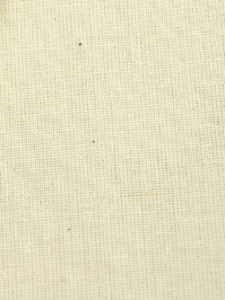 The Arabic meaning of this muslin is dress. It is the muslin fabric used to make kurtas. In the past, kurtas were quite long and could cover the whole body to the uncle. This required a huge piece of fabric and kamis muslin was the perfect fit.
The Arabic meaning of this muslin is dress. It is the muslin fabric used to make kurtas. In the past, kurtas were quite long and could cover the whole body to the uncle. This required a huge piece of fabric and kamis muslin was the perfect fit.
5. Gauze Muslin
This is the ultra-thin muslin used to make cloths for the purpose of filtering liquids in the kitchen. It may also be used to make wound dressings and bandages.
6. Swiss Muslin
Swiss muslin has some similarities with gauze muslin. It is distinguished by the raised dots or patterns. It is light-weight and is commonly used to make summer dresses.
7. Mull Muslin
This is the type of muslin cloth made from silk and cotton. it is light-weight and is used as dress lining. It may also be used to make pattern testing garments.
8. Jhuna Muslin
This is a gauze-like muslin that is very popular among dancers. It is transparent and has a weave count of 1000 threads per square inch.
9. Khassa Muslin
It is a very thin and fine muslin. It is normally plain and has a thick weave that makes it very popular in the dress making industry.
10. Shubnam Muslin
Its name basically means morning dew. It adopted the name due to its thin appearance. One joked that it couldn’t be differentiated from dew when laid to dry on grass. It has an average of 1200 threads per square inch.
Conclusion
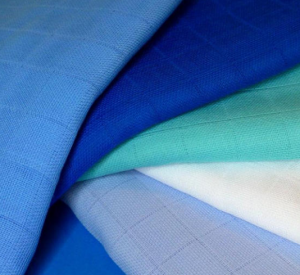
Muslin cloth is a thin breathable loose plain weave fabric. It has been in existence for centuries and continues to be very useful at home.
Muslin has numerous uses in the kitchen, backyard, bedroom, art room and even in living room. You may substitute muslin for cheesecloth in almost every task where cheesecloth is used.
Muslin come in different forms and sizes. You thus need to be sure about the type you need to buy or the specific need. We hope that the guide above will help you make better decisions. You can even experiment with the muslin types you haven’t used in the past.
